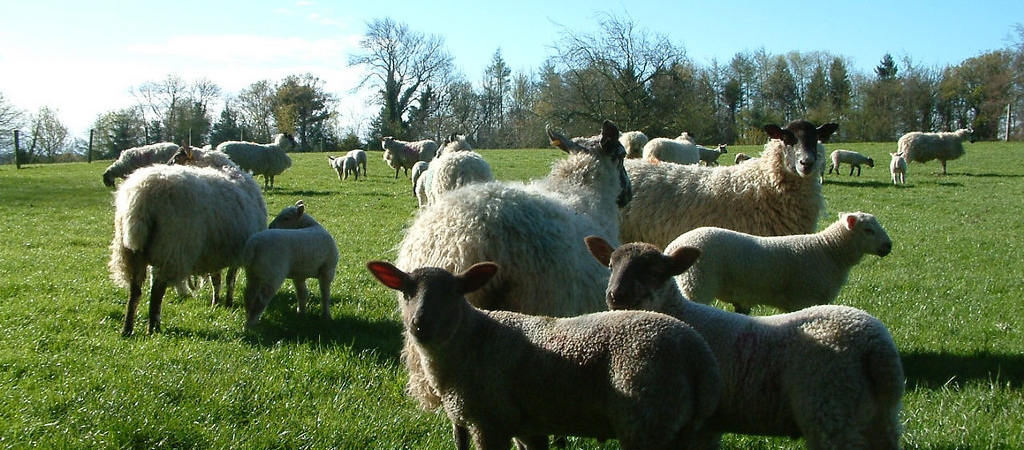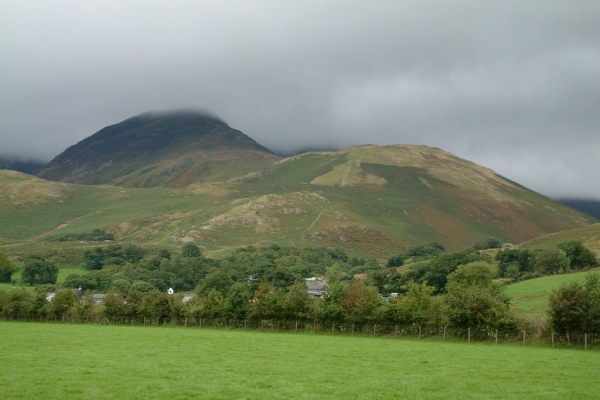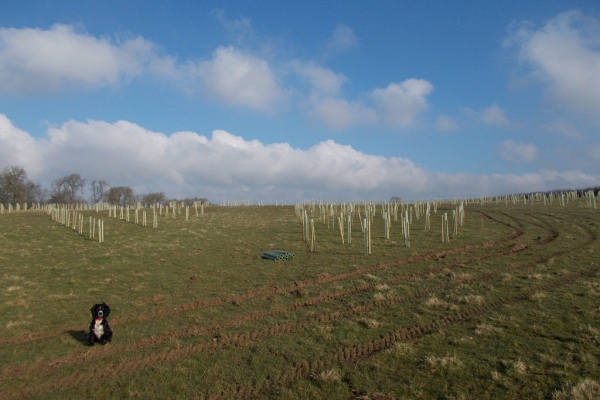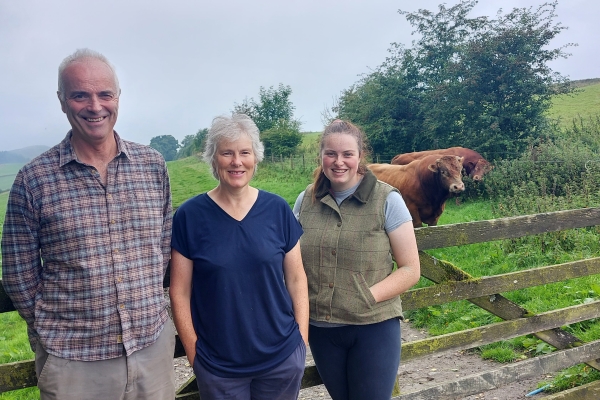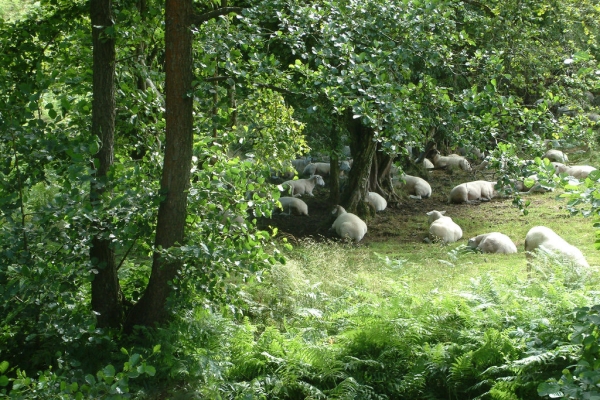The role of trees in sheep farming
Integrating trees to boost production and improve animal health Practical guidance
Resource explained
This practical guidance booklet looks at the role of native trees and shrubs in the management of sheep.
It contains summaries on several key issues; each includes an evaluation of where trees could contribute to potential improvements. Areas covered are: shelter and shade (which includes a case study); grass management; animal health and welfare (with specific sections on liver fluke, mastitis and lameness); biosecurity; wider environmental benefits (with sections on water quality and flood risk, wildlife and producing wood); and planting shelter belts and hedges.
The case study describing what a group of upland farmers in Pontbren achieved through adopting a common approach to changing the way they managed their land, and the introduction to planting help to show how the benefits described can be achieved in practice.
The publication is also available in Welsh.
Findings & recommendations
- Thoughtfully integrated in to sheep management systems, trees can boost production and improve animal health and welfare whilst also providing wider benefits to the environment.
- Trees provide shelter in outdoor lambing systems reducing neonatal losses. You can design shelter belts to assist with natural behaviours of your ewes and provide opportunities for isolation during lambing; increasing the chances of early development of a strong bond between the ewe and her lambs, better suckling and colostrum intake, and reducing disease risk.
- Farmers in Pontbren designed hedges and woodland belts where they could help with collecting in sheep, improve drainage and improve biosecurity.
- Shelter moderates wind speed, reduces evapotranspiration of water from grass and increases soil temperature, extending the growing season of grass.
- Reducing exposure to extreme weather conditions can help improve general health and welfare of your sheep through improved nutrition and immune function and reduced stress.
- Increasing tree cover can provide wider benefits to water quality and wildlife whilst also potentially providing a by-product of firewood and woodchip for bedding.
- Using UK native tree species will help ensure trees are well suited to sites and are able to deliver the wider benefits to wildlife.
